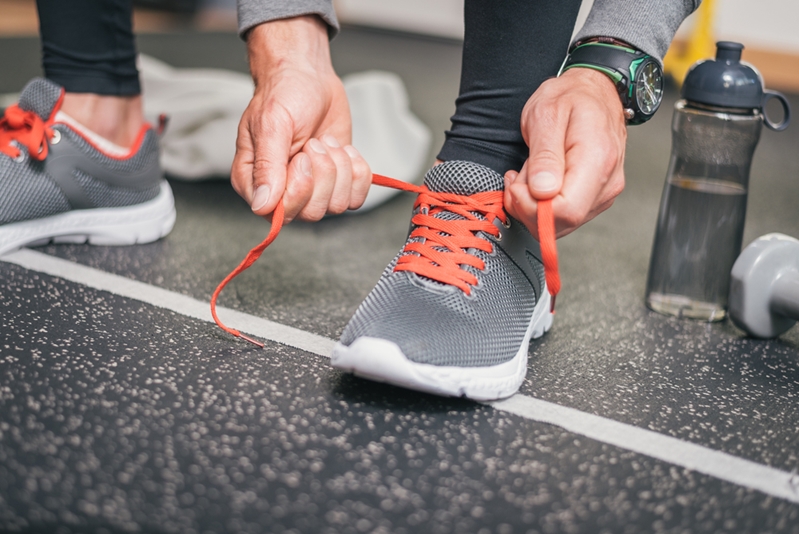Springtime comes with a smorgasbord of weather, including snow, ice, slush and, in some cases, sunshine! For runners, that means March, April and May are unpredictable, cutting outdoor training times and presenting often unsafe conditions. However, if you're joining us for the 2017 GMS Queen City Marathon in September, or if you just enjoy running for fitness, losing out on jogging time isn't ideal. With that in mind, here are some tips for staying safe in wet and cold conditions:
Wear moisture-wicking fabric
Sweating is your body's way of cooling down, but when it's freezing outside, you don't want to lose too much heat. In fact, staying safe means avoiding moisture as much as possible. Do this by wearing material designed to keep water off of your body, and that goes for everything you wear. Socks, leggings, shirts and hats are all available in moisture-wicking fabrics.The layer of clothing that touches your skin is most important. So as long as that clothing won't retain moisture, what you wear on top of it is less critical.
If you don't own moisture-wicking clothes and can't invest in them right now, at least pick fabrics that dry quickly. In general, this means leaning toward synthetic materials like nylon and rayon. Cotton absorbs and holds moisture, making it a poor choice for running in the cold.
 Long sleeves and pants made with moisture-wicking material are ideal for running in winter.
Long sleeves and pants made with moisture-wicking material are ideal for running in winter.
Know the ground condition
Will you be running on ice, snow, mud or clear paths? The answer will determine what you should wear and whether you should head to the gym for the day.
- Ice: Go to the gym. Even with extra traction on your shoes, ice is dangerous and can often be difficult to spot. Avoid injury and run inside instead.
- Snow: Increase traction by getting clip-on snow devices for your shoes. They'll sink your soles into the snow, helping you avoid slips.
- Slush: The biggest danger with slush is freezing your feet. You want to avoid moisture, and stepping in a puddle of ice water is quite the opposite. If there's a lot of slush outside, run indoors.Otherwise wear shoes with good grip and water resistance.
- Mud: If the mud is isolated to grassy areas, stay on the sidewalk. The concrete might be harder on your joints, but muck makes for a challenging run.
Stay close to home
Your favorite forest-preserve trail might be ideal in warm weather, but in winter, it's not the best option. Your body works harder to stay warm and keep moving in cold environments, and the risk for hypothermia and dehydration are great. For these reasons, sticking close to home or your vehicle is a much safer option. That way, if you feel exhausted or cold, you can get warm quickly.
Pay extra close attention to your body and how you're feeling. You may want to work just as hard as you would during the rest of the year, but if your body says no, listen. Drink plenty of water before and after your run, and don't forgo hats and gloves even if you're warm - frost bite doesn't give many warning signs, so by the time you notice issues, it could be too late.
Stay safe as you train this spring so you can join us from Sept. 8-10 for the 2017 GMS Queen City Marathon.